
According to a survey at traditional markets, at this time, pork purchasing power in the markets is very weak because many consumers are afraid of the epidemic and have switched to using other foods.
Ms. Nguyen Chau Giang, a pork trader at Quan Lau market (Truong Thi ward, Vinh city) said: “For the past two months, when African swine fever broke out, the demand for pork has decreased sharply. Normally, I sell about 80-100kg of pork per day, but for the past two months, I have only sold about 30-50kg, with some days being very unsold. According to my prediction, if the epidemic continues to develop complicatedly, the pork market will not improve because consumers are afraid.”

Sharing the same view, Ms. Nguyen Thi Quang, a resident of Quang Trung ward, said: “Recently, when African swine fever broke out, I also limited the use of pork in my daily meals. During Tet, the demand for pork will be higher, but if the swine fever continues to develop complicatedly as it is now, we can switch to alternative foods. Or we can buy pork from reputable companies at clean food stores and supermarkets to eat during Tet. Therefore, the issue I am concerned about is still the price, not the lack of supply.”
In contrast to the quiet scene at traditional markets, at supermarkets and clean food stores, pork sales revenue increased compared to the previous 2 months. Although the price of these brands is 10,000-30,000 VND/kg higher than traditional markets (depending on the type).

According to Mr. Tran An Khang - Director of GO! Vinh supermarket, at the end of the year and during the Lunar New Year, the supermarket ensures a stable supply of pork for consumers. Because the supermarket's pork supply comes from farms and businesses with a closed production process and good disease prevention mechanisms, the herd size remains stable and the supply is stable. On the other hand, with 28 supermarkets in the chain system nationwide, we can easily regulate the supply to balance supply and demand.
At present, the price of live pigs in Nghe An is still low, fluctuating only between 48,000-51,000 VND/kg. This price is lower than the cost of raising pigs by about 3,000-4,000 VND/kg. At this price, farmers are losing money. This proves that purchasing power is weak, the supply of live pigs is abundant, because if the supply was limited, the price of pigs would have increased again by now.

Raising pigs in a closed process and ensuring disease safety, therefore, thousands of pigs of Mr. Pham Viet Duc (Thanh Huong commune, Thanh Chuong) are still safe from disease. If in previous years, the end of the year was the time when pork consumption was strongest, this year, Mr. Duc is worried that purchasing power is weak and pork prices will not increase as in previous years.
“ Purchasing power is weak, pork is difficult to sell and prices are low. There is only 1 month left until Tet, while African swine fever is still quite complicated, so purchasing power is not expected to increase suddenly and prices, if they do increase, will only increase slightly, unlikely to increase much,” said Mr. Duc.

Processing facilities for ham, sausage, cha tam, boi thu, ruoc bong, heo jerky, heo giang… with pork ingredients this year are also “unsold” for Tet goods. Ms. Dinh Thi Anh, the owner of a ham facility, said: “If in previous years, by the 11th lunar month, I had orders for ham of hundreds of kilograms, I had to order pork from many facilities to have enough ingredients for processing, this year, I only have a few wholesale orders. This year, the quantity of goods will certainly decrease and of course, the consumption of pork ingredients will decrease sharply.”
Currently, Nghe An has a total herd of 1 million pigs. Even if an epidemic occurs, there will be no shortage of pork. Regarding prices, at the end of the year, demand increases so pork prices may increase but not significantly.

The reason is that consumer demand this year will be lower because people's income is not high. Along with that, market leading companies must also balance to ensure appropriate supply and demand, avoiding the phenomenon of high prices, consumers limiting spending or replacing with other foods.
Source


![[Photo] General Secretary To Lam receives French Ambassador to Vietnam Olivier Brochet](https://vstatic.vietnam.vn/vietnam/resource/IMAGE/2025/4/17/49224f0f12e84b66a73b17eb251f7278)

![[Photo] National Assembly Chairman Tran Thanh Man meets with outstanding workers in the oil and gas industry](https://vstatic.vietnam.vn/vietnam/resource/IMAGE/2025/4/17/1d0de4026b75434ab34279624db7ee4a)
![[Photo] Closing of the 4th Summit of the Partnership for Green Growth and the Global Goals](https://vstatic.vietnam.vn/vietnam/resource/IMAGE/2025/4/17/c0a0df9852c84e58be0a8b939189c85a)
![[Photo] Promoting friendship, solidarity and cooperation between the armies and people of the two countries](https://vstatic.vietnam.vn/vietnam/resource/IMAGE/2025/4/17/0c4d087864f14092aed77252590b6bae)
![[Photo] Nhan Dan Newspaper announces the project "Love Vietnam so much"](https://vstatic.vietnam.vn/vietnam/resource/IMAGE/2025/4/17/362f882012d3432783fc92fab1b3e980)



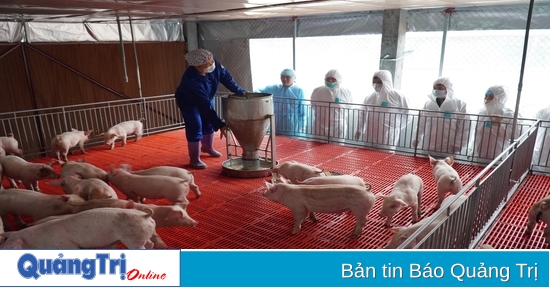
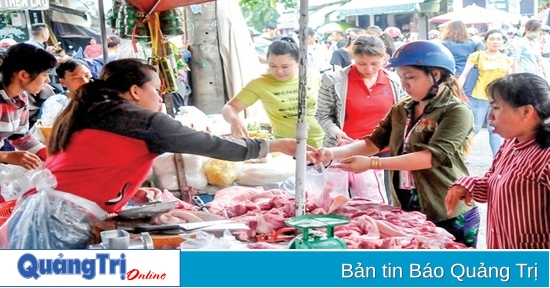
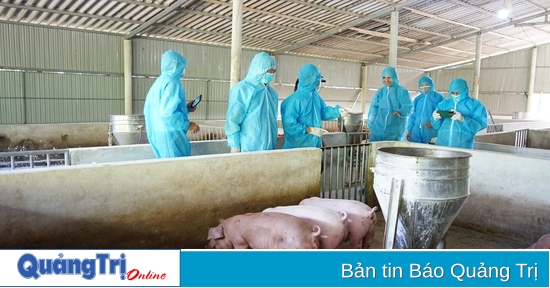


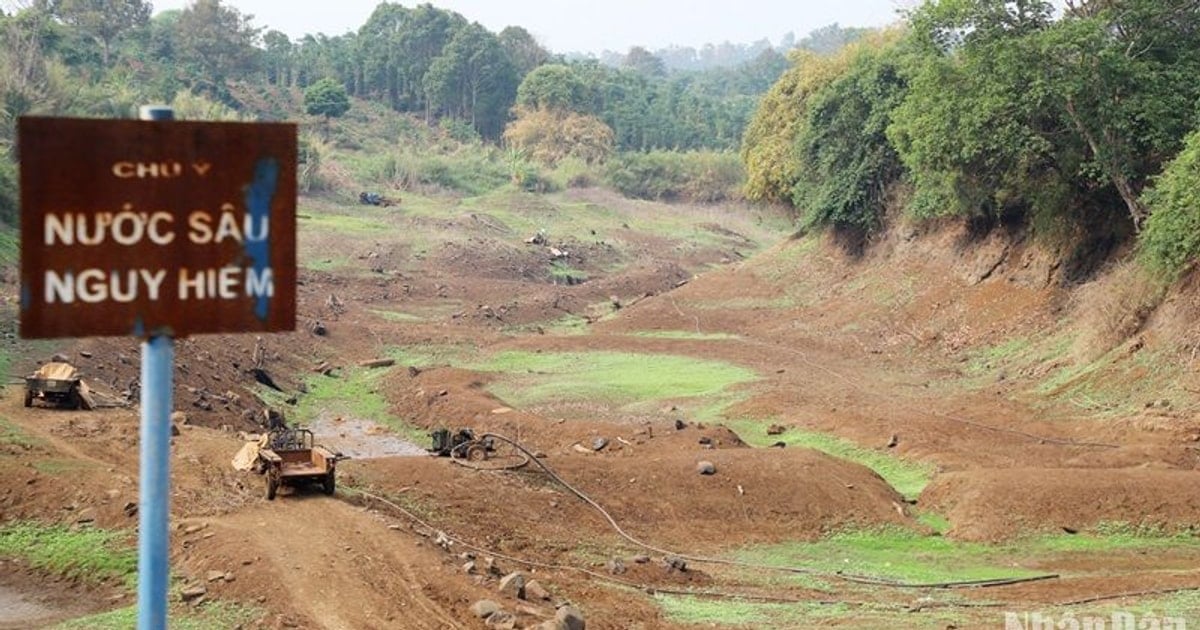
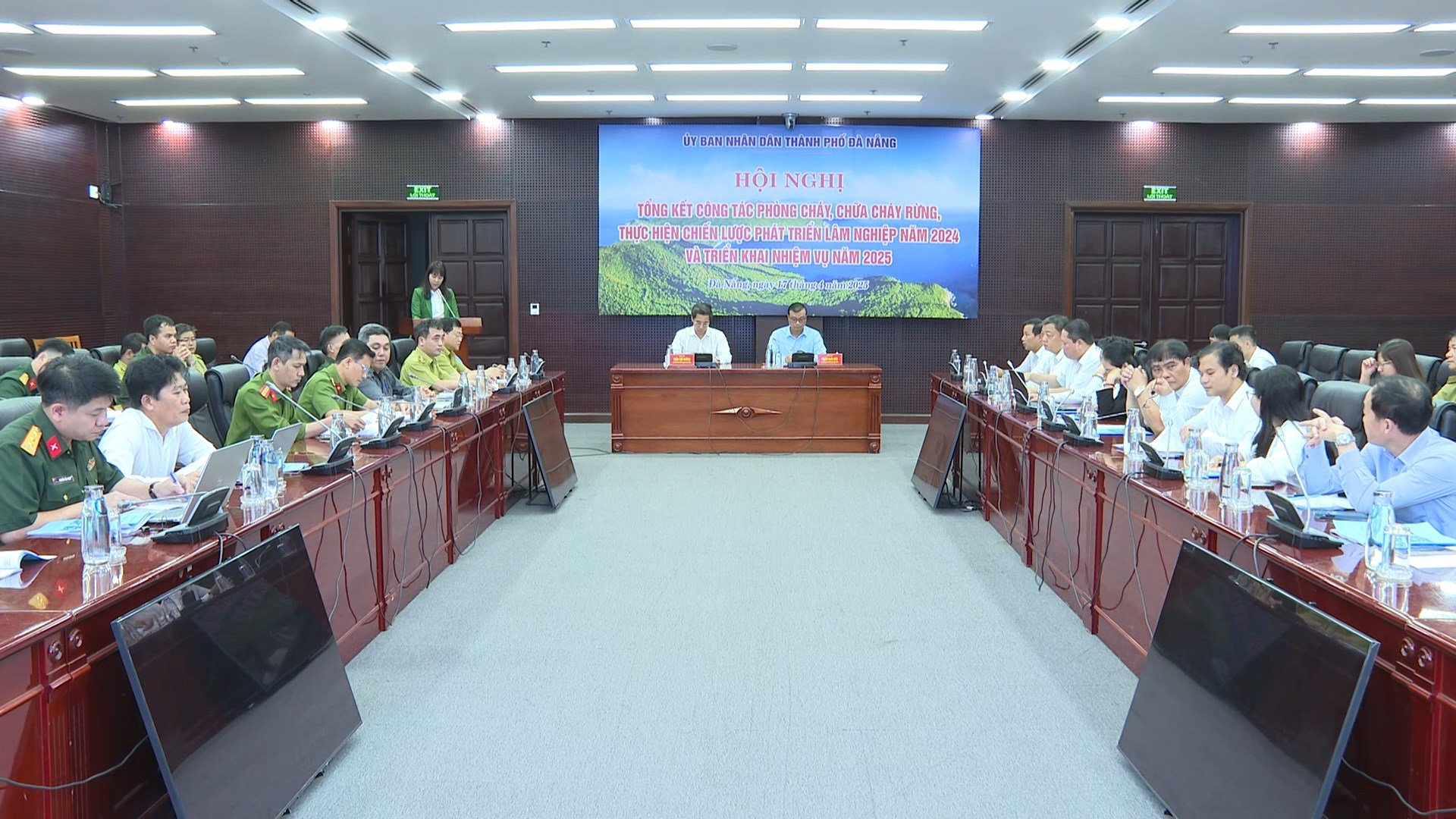












![[Photo] Welcoming ceremony for Chinese Defense Minister and delegation for friendship exchange](https://vstatic.vietnam.vn/vietnam/resource/IMAGE/2025/4/17/fadd533046594e5cacbb28de4c4d5655)




























![[Video] Viettel officially puts into operation the largest submarine optical cable line in Vietnam](https://vstatic.vietnam.vn/vietnam/resource/IMAGE/2025/4/17/f19008c6010c4a538cc422cb791ca0a1)

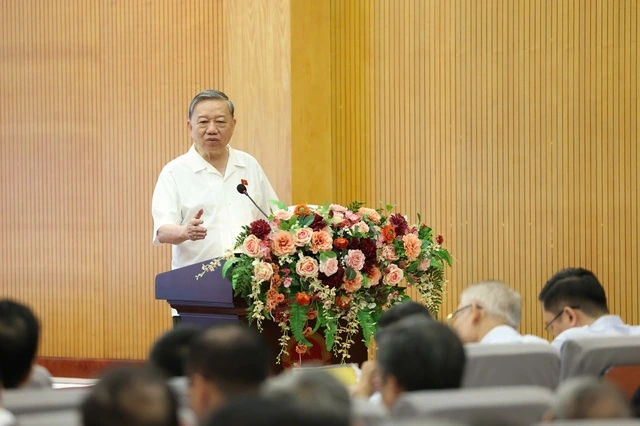









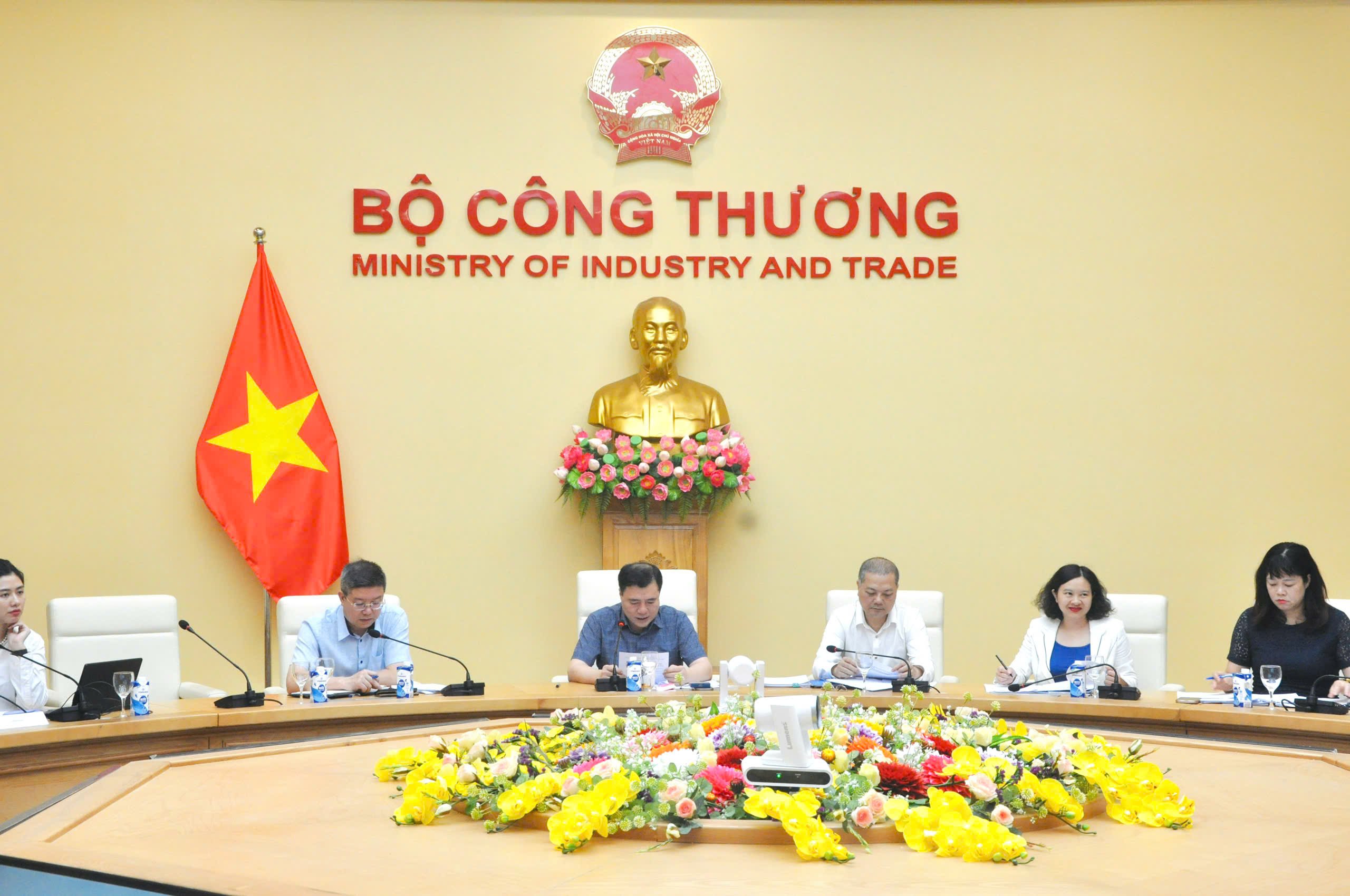












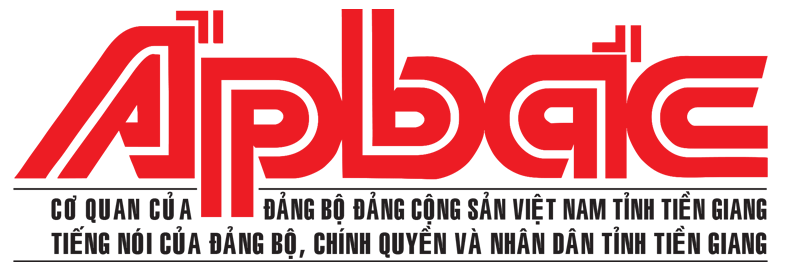














Comment (0)